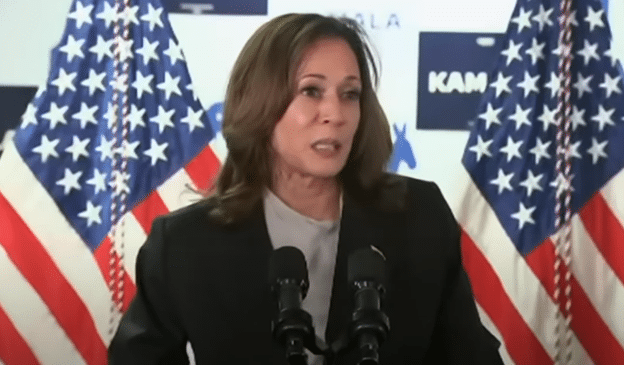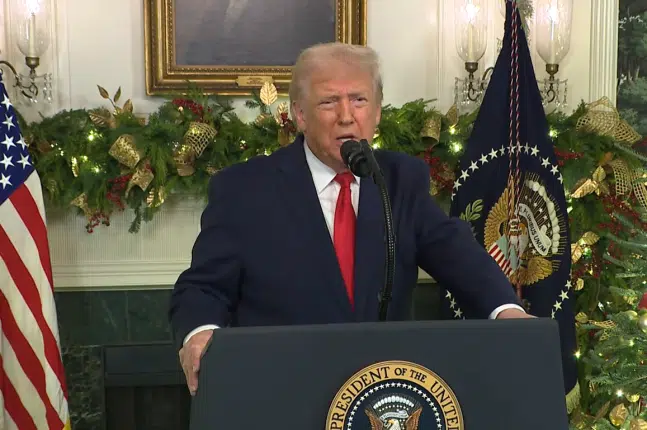
The latest Quinnipiac poll taken Sept. 19 through Sept. 22 shows that the national race between Vice President Kamala Harris and former President Donald Trump is a dead heat, with the two tied at 48 percent in the two-way race and Trump with a 48 percent to 47 percent lead in the multi-candidate race when Jill Stein, Chase Oliver and Cornell West are included.
Interestingly, 2 percent in both surveys refused to answer. Who do we think they might be voting for?
Either way, that’s no better than President Joe Biden was faring against Trump this past spring before his disastrous June 27 debate.
For example, the April 18 to April 22 poll by Quinnipiac showed both tied at 46 precent in the two-way race, and both tied at 37 percent in the multi-candidate race (back then Robert Kennedy, Jr. was still running).
Similarly, the May 16 to May 20 poll showed Biden with a narrow lead, 48 percent to 47 percent, while the multi-candidate survey had him with a 3-point edge, 41 percent to 38 percent.
Now, fast forwarding past the June 27 debate, the summer party nominating conventions and the Sept. 10 debate between Harris and Trump, and the race is largely the same, with the national popular vote being very closely contested which no Republican has won since 2004.
That’s significant. No Republican has ever lost the Electoral College while winning the popular vote, but it’s happened to Democrats five times in U.S. history. Election forecaster Nate Silver gives Trump a 96.7 percent chance of winning the election if he’s ahead in the popular vote. If Harris leads by 1 point or less, Trump still has an 86.3 percent of winning. And less than 2 points, Trump still is 62.1 percent likely to win.
On the key issues of the economy and immigration, like many other polls, Trump is leading Harris, 52 percent to 45 percent and 53 percent to 45 percent, respectively. Whereas Harris leads on abortion and gun violence, 54 percent to 41 percent and 50 percent to 45 percent, respectively. On who would “handl[e]a crisis that put the country at great risk”, Trump leads 51 percent to 47 percent.
On that basis, a lot depends therefore on the composition of the electorate as it turns out. Quinnipiac look at “likely” voters, but what it might not be measuring is enthusiasm on issues or for the candidate themselves.
In 2022, Democrats running for Congress overperformed compared to polls because of unexpected Democratic turnout on the abortion issue in the wake of Roe v. Wade being overturned by the Supreme Court. In 2020 and 2016, Trump overperformed compared to national polls as a hidden “shy” Trump voter was identified only at the ballot box, by about 2 points.
It could be that economy as an issue voters overperform, which would be good news for Trump, or underperform, which would be good news for Harris. But as it is, so far, Harris is doing no better than Biden was before the debate this past spring, and back then, many already thought Biden was in trouble.
Robert Romano is the Vice President of Public Policy at Americans for Limited Government Foundation.






